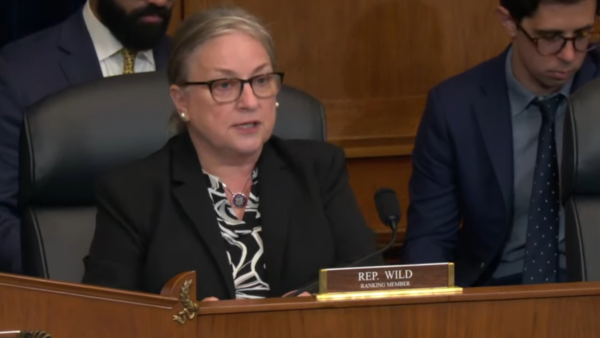Just hours after rioters stormed government buildings in Brazil’s federal capital on January 8, photos of the alleged participants were already circulating on social media. One vigilante Instagram account began collating and publishing these images, crowdsourcing help to identify the people involved.
Called Contragolpe Brasil, or “Countercoup Brazil,” the account incites its followers to report to a Justice Ministry complaint system to identify the people who ransacked the presidential palace, Supreme Court, and Congress buildings.
In one of the account’s most popular posts, with 141,000 likes, a woman is seen banging on the desks of Brazilian Congress. “My name is Alessandra Faria Rondon!” she yells. “We want military intervention! Military intervention now!” Then, she turns the camera to the faces of others who also invaded the legislative building.
“Do you have any information about this person who invaded Congress?” read Contragolpe’s caption, which also included the Justice Ministry’s complaints email. Ms. Rondon has since been arrested and is in a Brasília jail cell.
Social media played a central role in the events of January 8. Not only was it pivotal for organizing the attack, rioters also used their own accounts to proudly document their vandalism — a move that appears to be backfiring.
Contragolpe Brasil hit 1.1 million followers in less than two days. In one week, the account had posted the faces of over 200 rioters — many wearing the green and yellow of Brazil’s flag, colors heavily associated with the pro-Bolsonaro far-right movement.

By the time the Justice Ministry had set up its official complaints system, which has received over 70,000 emails so far, Contragolpe Brasil had already been live for 24 hours.
“People understood the urgency of finding those involved as quickly as possible and identifying their roles in the hierarchy of orchestrating the riot,” says Carlos d’Andrea, social communication professor at the Federal University of Minas Gerais. “They understood the severity of the institutional risks.”
Contragolpe’s posts consist of still images and videos of people who allegedly took part in the January...

 Search
Search











































